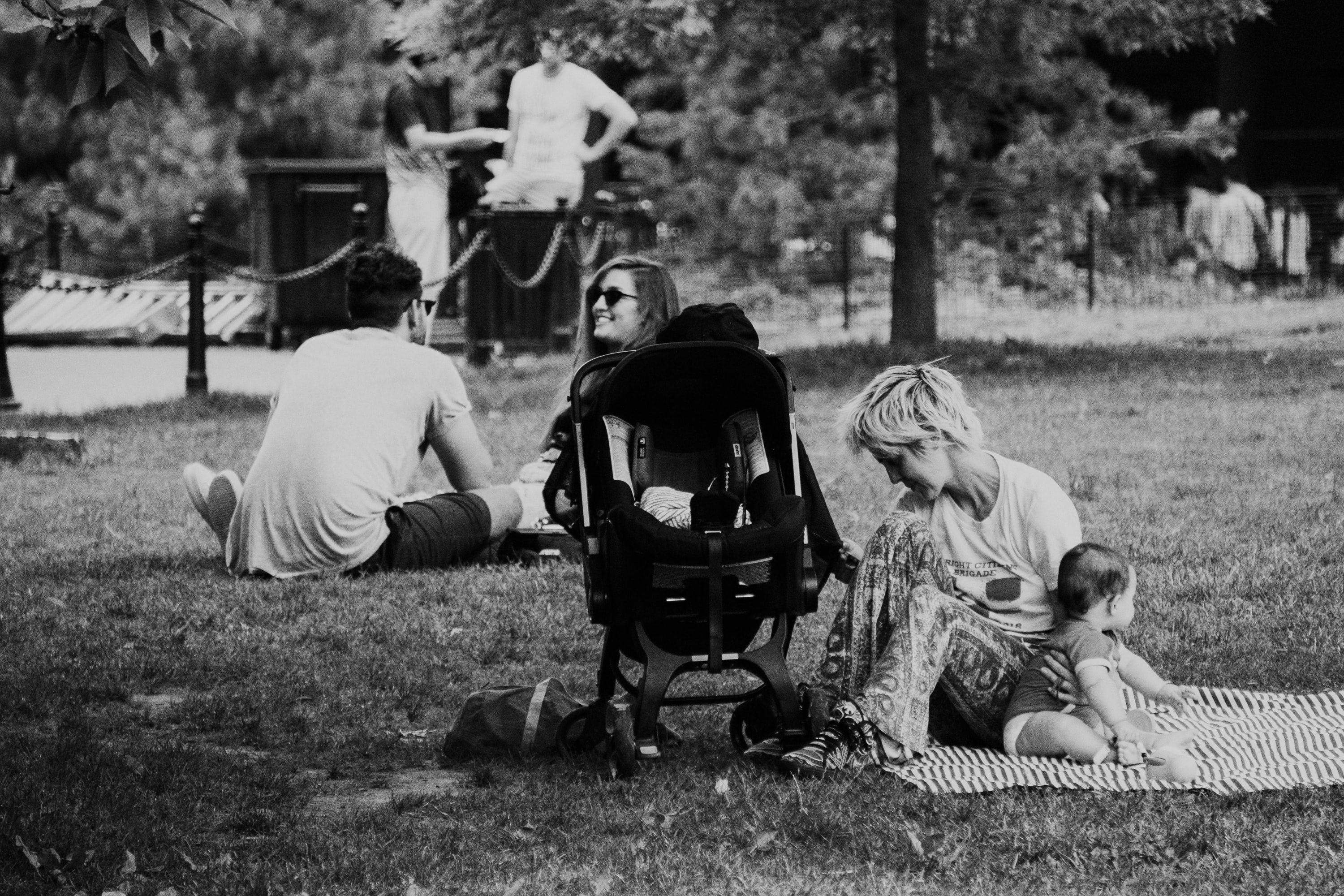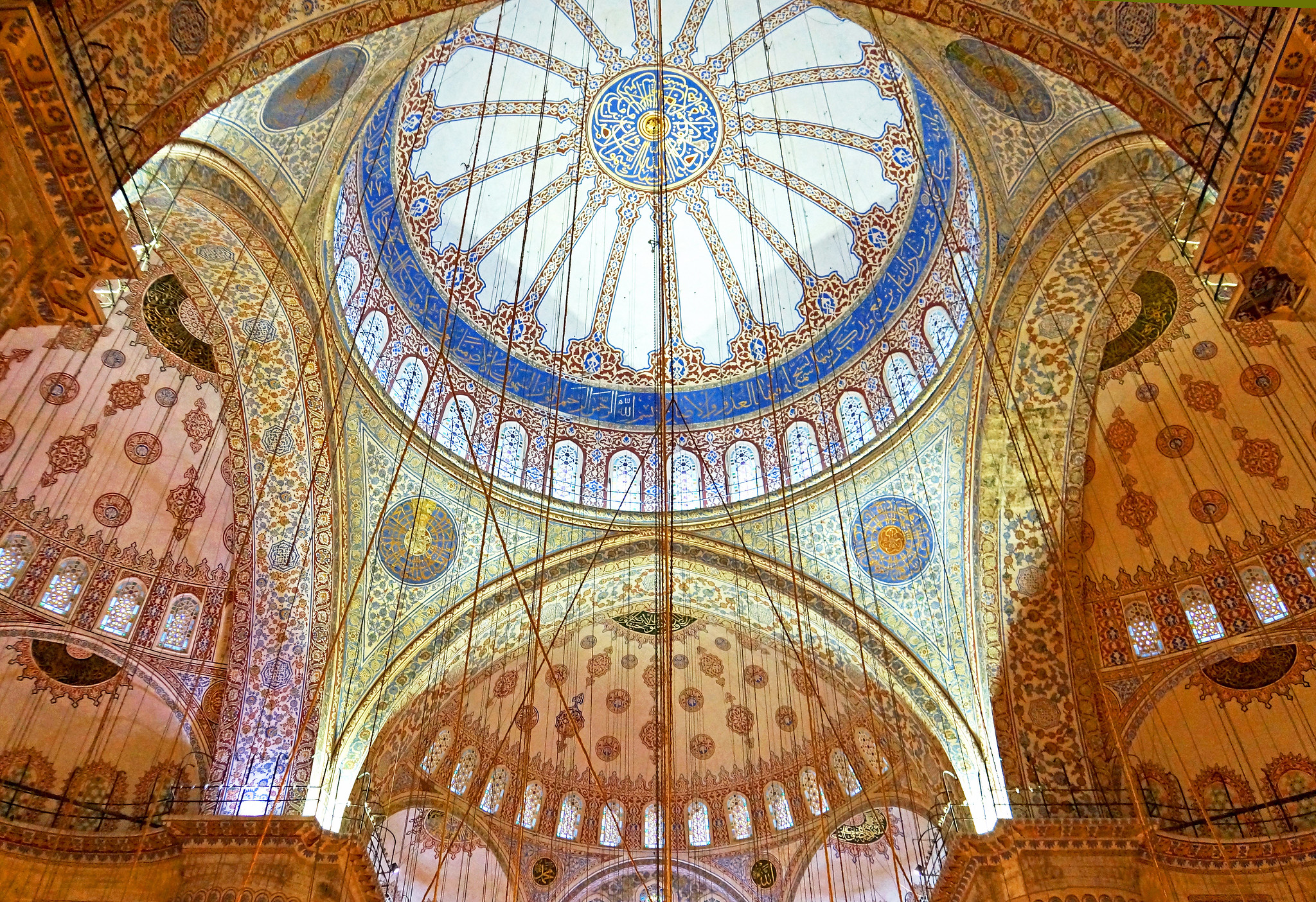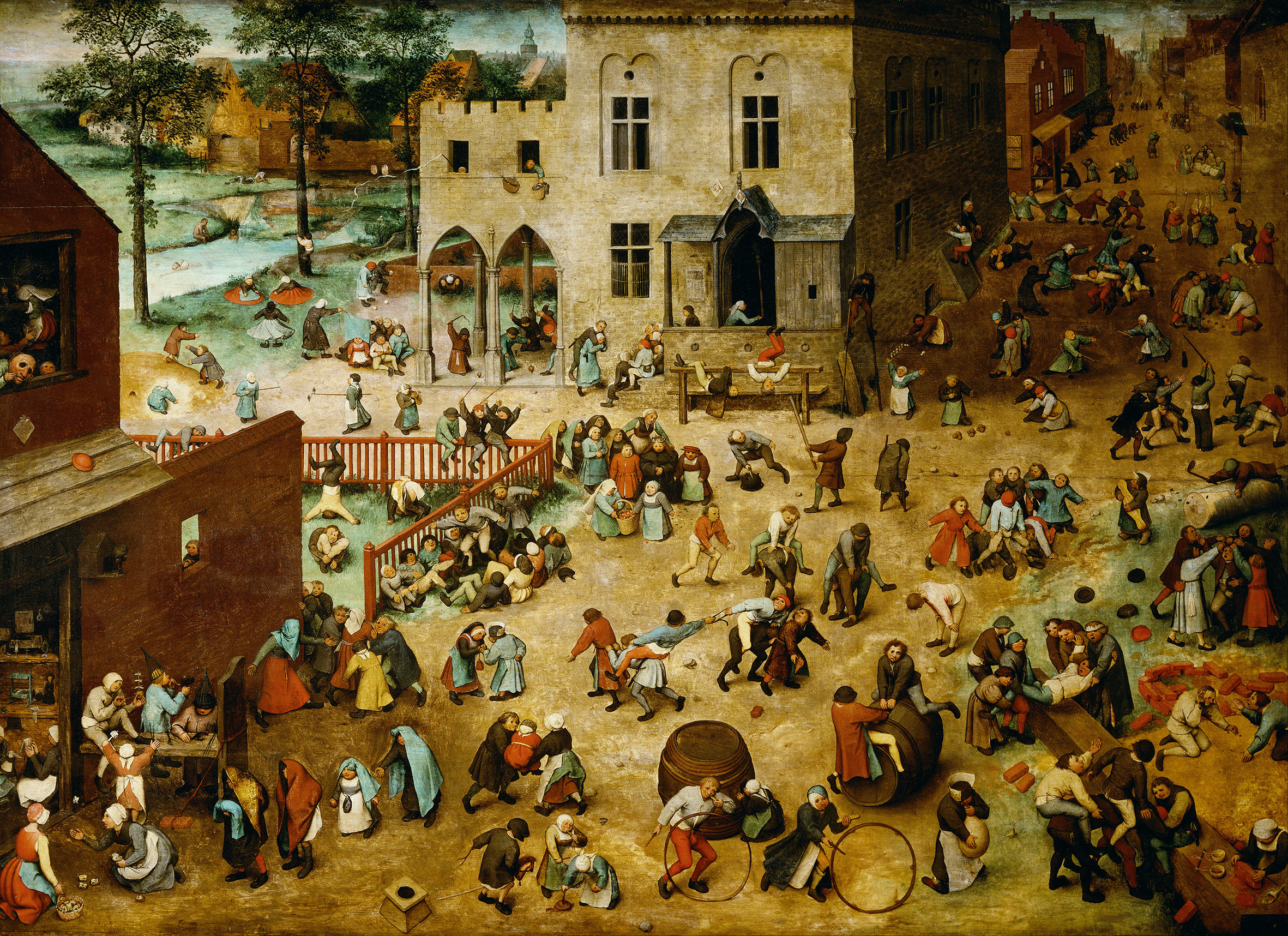
Here in Poland we’ve arrived at the point where police are assigned to protect the dignity of monuments, while simultaneously trampling the dignity of living people, beating and abusing them for demanding acceptance of their existence. This kind of discourse is offensive not only to the intellect, but also to the feeling of decency and interpersonal solidarity.
Last year, the Monument to the Neurotics was unveiled in Warsaw. It was designed by Rafał Bujnowski, a painter who’s treasured both in Poland and abroad. The unveiling ceremony was performed by an artist with a similar cult following, and also a well-known neurotic and melancholic, Oskar Dawicki. The monument, subtitled “Oskar’s Puddle”, was dedicated to him.
As the name indicates, the monument takes the form of a puddle. When it rains, the precisely moulded round depression in the pavement fills with water. Then it fits perfectly with the other puddles, which on wet days reflect the cloudy sky. On dry days, the Monument to the Neurotics looks even better, because it becomes almost invisible. It won’t be noticed by somebody who turns up their nose. It can only be found by one who looks down at their feet.
I love this monument; I feel a spiritual kinship; I’m delighted by its paradoxical nature: this shallow puddle holds a deep thought. It was my favourite Warsaw monument until I saw the statue of Christ with a rainbow flag. This ephemeral monument was very beautiful. It was replaced by another: Christ surrounded by black-clad policemen making sure nobody else would top off the sculpture with the rainbow standard.
American evangelicals, when faced with ethical doubts, like to ask themselves: “What would Jesus do?” I’m not an evangelical, or in fact any kind of believer, but I’m also interested in what Jesus would prefer: the rainbow flag or the cordon of police?
The puddle is the perfect epilogue to the history of setting up bronze figures on pedestals. Such figures most often present statesmen, heroes of battles and military leaders, and much more rarely creators of culture, and only sporadically women. It’s an anachronistic form, whose golden age came in the 19th century and the first half of the 20th – in times when the nation-community was a hit on the market of ideas of identity. The times have changed, but the habit of putting up monuments on plinths has remained, though today such figures have a way of turning into zombies. They look like living symbols, but they’re authoritarian, semantically rigid, discursively dead. In Poland, the zombie aspect of monumental art is emphatically manifested in statues of Pope John Paul II and former President Lech Kaczyński, works that are not uncommonly grotesque, often caricatures, sometimes spooky. The horror and hilarity of these figures derives not so much from the particular character of the figures they portray as from the quantitative factor: it’s simply that in recent years a whole legion of popes and presidents has been sculpted, so the torpor and anachronism of the statue format have won an uncommonly high number of opportunities for their silent voice to ring out.
After the Neurotics’ Monument was unveiled, I thought it might be best for new monuments to take the form of puddles – modest, down at the level of the passers-by. In these puddles, the figures on pedestals would be reflected, taking on a new life.
At the time I forgot that monuments have one more potential use, rarely set in motion, but powerful. Monuments can be put up, but they can also be toppled. And have flags hung on them.
Monuments’ potential for falling from their pedestals with great force was realized on the wave of anti-racism protests that rose after the murder of George Floyd by the police. In the UK, the figures of meritorious citizens of the empire, who had made their fortunes trading slaves, were toppled. In the States, the angry crowd knocked over statues of Confederate leaders, who during the war of secession fought to the last drop of blood (their troops’, not their own) to defend the institution of slavery.
Other demonstrators went a step further and went after monuments to Christopher Columbus. The crowds didn’t stop at knocking the statues from their pedestals; they performed a kind of exorcism. The statues were dragged across the ground and doused with red paint, symbolizing the bloody heritage of the ‘discovery’ of America by white people. In Baltimore and Richmond, statues were thrown into the water like Marzanna, the evil spirit of winter that the Slavs used to ritually drown every year on the cusp of spring. In Boston, a statute of Columbus was beheaded.
Conservatives are offended by the brutal aesthetics of these rites; they speak of vandalism, barbarity and also of censoring history, adding that history simply was what it was. On this last issue, the protesters agree with the monuments’ defenders. History was what it was: bloody, full of violence and injustice. Demonstrators in Belgium targeted statues of King Leopold II, responsible for the genocide that occurred in his private colony of Congo. Along the way, a statue of Julius Caesar was also toppled. Did the Belgian people go too far in targeting the ancient Roman dictator? Or perhaps the opposite is true: you have to start precisely from Columbus, Caesar and similar people? History was what it was, but what’s more significant is the question of the future: What will it be like if in the present the cast-bronze guardians of the common imagination remain the leaders of invading armies, dictators, colonizers, slave owners, orchestrators of bloody slaughter and conquest? Or the scouts, who like Christopher Columbus blazed a trail for Europeans to the plunder and appropriation of entire continents?
Monuments are something of an orientation point designating the boundaries of debate in the public space. Show me your monuments and I’ll tell you who’s present and acceptable in this debate, and what’s shunned and ruled out. When a person encounters a monument of Christopher Columbus, they have the right to assume that in the area where the statue stands the process of working through the heritage of colonialism and the history of violence that’s contained within it is far from over. Looking at the monuments that stand in Poland, it is clear that the Roman Catholic religion is acceptable and widespread, as is the cult of armed actions, wars, their heroes and their victims – who are valued more highly than the heroes. A cult of literature, particularly national and Romantic, can also be detected. The themes that are absent are just as glaring. For example, the Rainbow that once stood on Warsaw’s Plac Zbawiciela (Saviour Square), in the shadow of the church of the same name. The church is still standing; the Rainbow couldn’t be rescued from the lighters of arsonists, who used fire to express their symbolic disagreement with the real presence of LGBT persons in public and social space. The burning Rainbow became one of the most eloquent monuments set up in Poland in recent years: a monument to homophobia and hate.
Monuments rarely speak; rather, they spin out their tales by standing in silence. Even when they burn. But you can’t always allow yourself to reply to them with silence. Still, you don’t always have to knock monuments from their pedestals in order to provide them with an answer. Sometimes it’s better to hang a rainbow flag on them. Thanks to such an intervention, the monument comes to life and speaks with a new voice. Will it also be insulted? Come on. Unlike people, statues don’t take offence.
However, what is insulting is the claim that non-heteronormative people don’t have the right to exist in the public space – and what’s more, that such people aren’t in fact people, but an “ideology”. Here in Poland we’ve arrived at the point where police are assigned to protect the dignity of monuments, while simultaneously trampling the dignity of living people, beating and abusing them for demanding acceptance of their existence. This kind of discourse is offensive not only to the intellect, but also to the feeling of decency and interpersonal solidarity for everyone who remembers that, just like the government and the police, monuments are meant to serve the people, not the other way around.
Translated from the Polish by Nathaniel Espino










